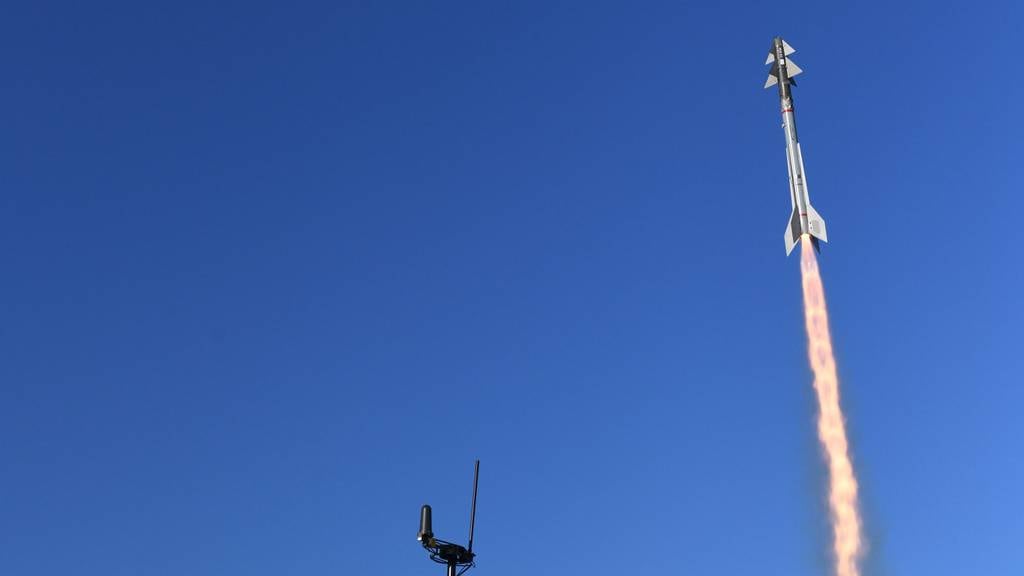
JERUSALEM — The newly configured Spyder air defense system has intercepted a drone during a test with the Israeli military, the weapon’s manufacturer announced Wednesday.
The announcement comes amid the Israel-Hamas war and tension along Israel’s northern border with Lebanon, where the militant group Hezbollah is based. Hezbollah in recent months has fired Katyusha missiles and drones at Israel.
On Jan. 9, Hezbollah launched a drone attack on a northern Israeli base. That same day, Israel killed the chief of the militant group’s drone operations in southern Lebanon, Hassan Abeid al-Hussein Ismail.
Rafael Advanced Defense Systems had combined the short-range and medium-range variants of the Spyder surface-to-air system. The Israeli company said the test included the interception of a UAV in a “challenging operational scenario, achieving a direct and effective hit.”
“The success of the test is a significant milestone in developing the system against different threats and demonstrates the system’s effectiveness in intercepting challenging ground-launched threats,” Retired Brig. Gen. Pini Yungman, who leads Rafael’s air defense division, said in the statement.
Neither Rafael nor the Israeli Defense Ministry would answer Defense News’ questions about when the military will field the combined system. The company also declined to answer an inquiry about the specifications of the drone target.
However, a source with knowledge of the test told Defense News the drone was the smallest target the Spyder family of systems has ever hit.
The Spyder intercepts threats using two Rafael-made missiles, the Python and the Derby. The system’s new configuration features an integrated radar, electro-optical launcher, advanced command-and-control system, and the two missile types, all mounted on a single platform.
The configuration can provide point defense — in which a specific geographic section is the focus — or area defense — which covers a wider zone.
The Spyder system is operational with other military forces, including Georgia and the Philippines. It is also a contender in the Romanian government’s bid for short-range air defense systems, announced in late November.
Author: Tzally Greenberg
Source: DefenseNews



